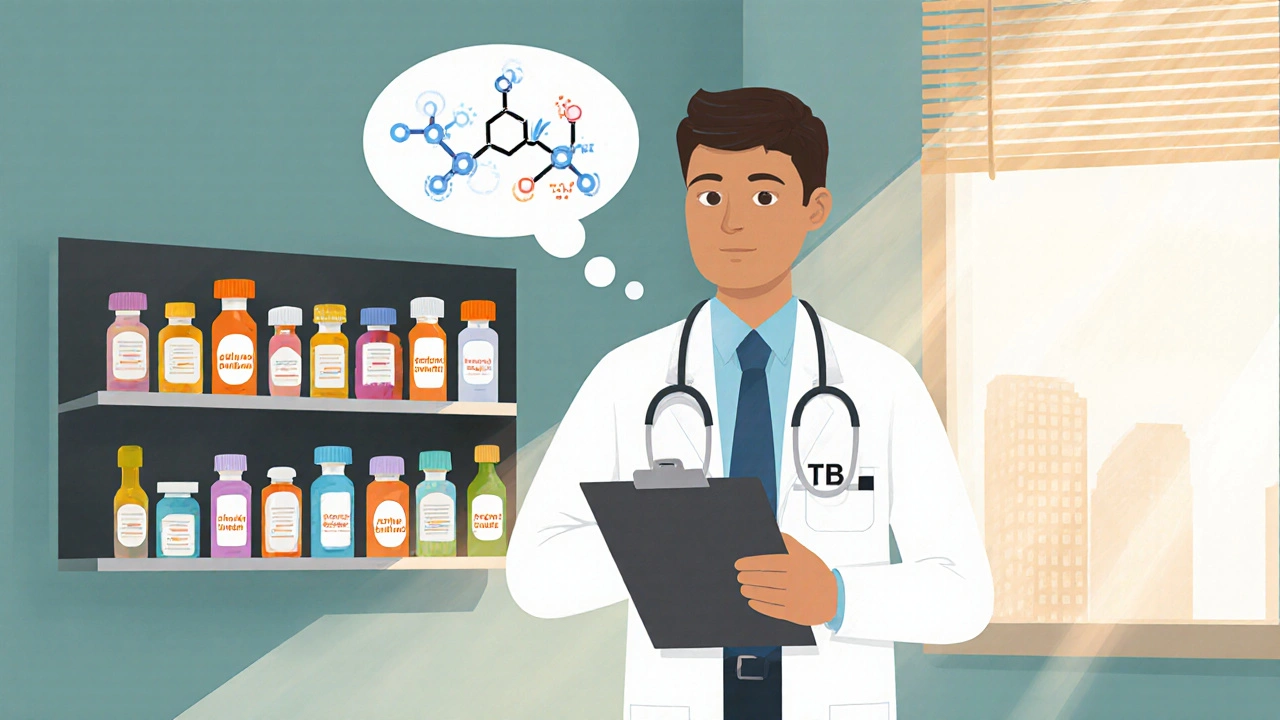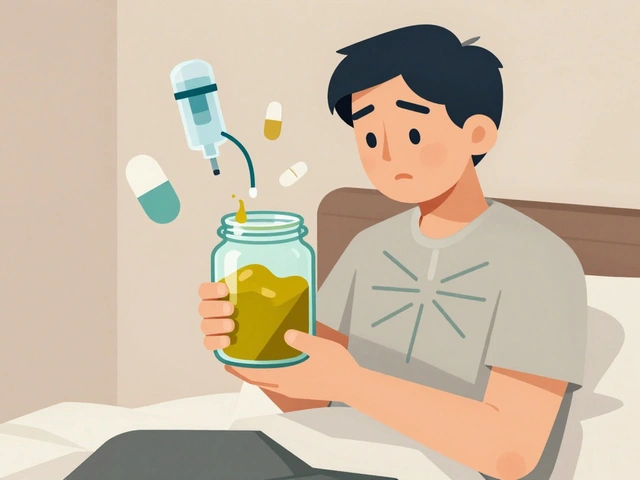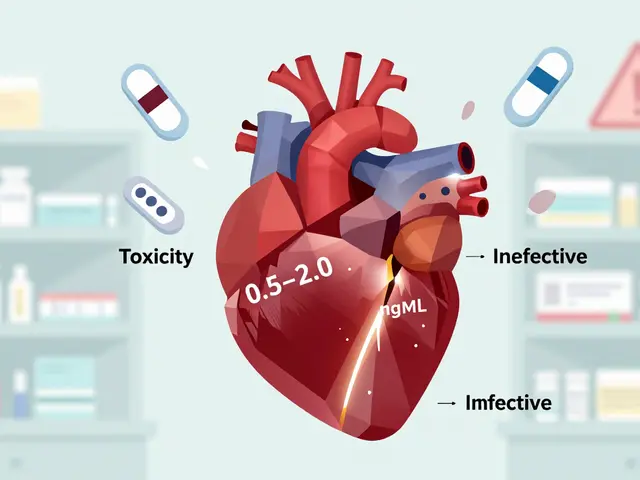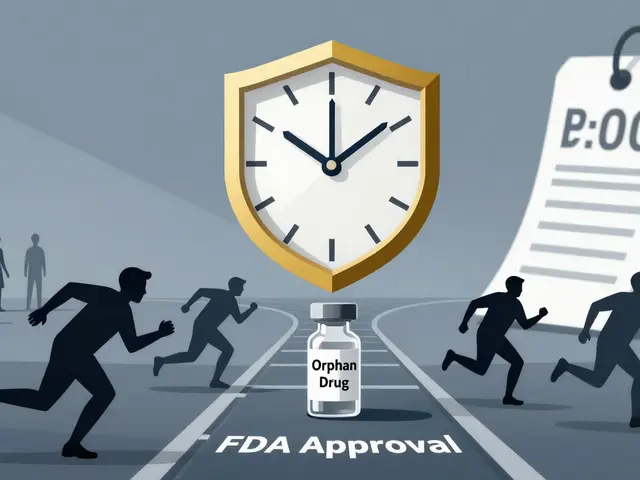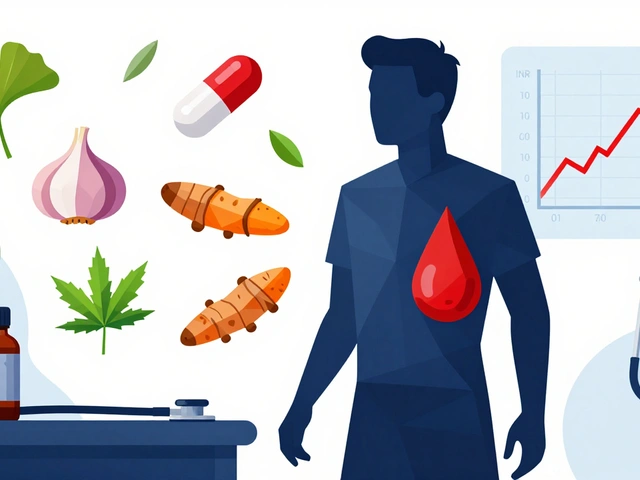TB medication comparison – your roadmap to effective treatment
When working with TB medication comparison, a systematic review of the drugs used to treat tuberculosis, focusing on efficacy, safety, price and resistance patterns. Also known as tuberculosis drug evaluation, it guides patients and clinicians toward the most appropriate regimen.
Understanding Tuberculosis, the bacterial infection caused by Mycobacterium tuberculosis, is the starting point for any medication plan. The disease can affect lungs, bones, or the brain, and its severity determines how aggressive the drug mix must be.
Anti‑tuberculosis drugs such as isoniazid, rifampicin, ethambutol and pyrazinamide form the core of the classic six‑month regimen. These agents work together to kill active bacteria, prevent relapse and reduce the chance of resistance. Knowing each drug’s strength, side‑effect profile, and interaction potential lets you compare them side‑by‑side.
When drug resistance enters the picture, the comparison gets more complex. Multidrug‑resistant TB (MDR‑TB) and extensively drug‑resistant TB (XDR‑TB) force clinicians to add second‑line medicines like fluoroquinolones and injectables, which often have higher toxicity and cost. A solid comparison must therefore weigh efficacy against safety and affordability.
One practical way to frame the analysis is through three semantic triples:
- TB medication comparison encompasses drug efficacy, side‑effects and cost.
- Effective treatment requires an understanding of drug resistance patterns.
- Choosing generic TB medicines lowers overall therapy expense while maintaining therapeutic outcomes.
These connections help you see why a simple list of drugs isn’t enough – you need a full picture of how each factor influences the others.
Key factors you’ll weigh in any TB medication comparison
First, efficacy: clinical trials and real‑world data show how quickly each drug reduces bacterial load. Second, safety: hepatotoxicity, visual disturbances, and peripheral neuropathy are common concerns that change the risk‑benefit balance. Third, dosing convenience: once‑daily pills improve adherence compared with multiple daily doses. Fourth, cost and availability: generic versions of isoniazid and rifampicin dramatically cut price, while newer second‑line agents may still be pricey.
Adherence is another hidden variable. Studies confirm that patients who understand the purpose of each drug are more likely to finish the full course. So a good comparison also includes patient‑friendly explanations and tools like treatment calendars.
Finally, the treatment regimen itself – whether a standard 2‑month intensive phase followed by a 4‑month continuation phase, or a shorter 4‑month regimen now approved in several countries – matters for both outcomes and healthcare resources. Comparing regimens side‑by‑side highlights trade‑offs between duration, pill burden, and success rates.
All these elements come together in the TB medication comparison you’ll find in the articles below. Whether you’re a patient looking for affordable generics, a pharmacist needing up‑to‑date resistance data, or a clinician planning a personalized regimen, the collection offers practical insights, side‑effect tables, cost charts and real‑world tips.
Ready to dive in? Below you’ll discover detailed breakdowns, real‑world examples and actionable advice that turn a complex drug landscape into clear, manageable choices.
A detailed comparison of Trecator SC (Ethionamide) with other second‑line TB drugs, covering mechanisms, side effects, costs, and how to choose the right treatment.
Continue reading...

